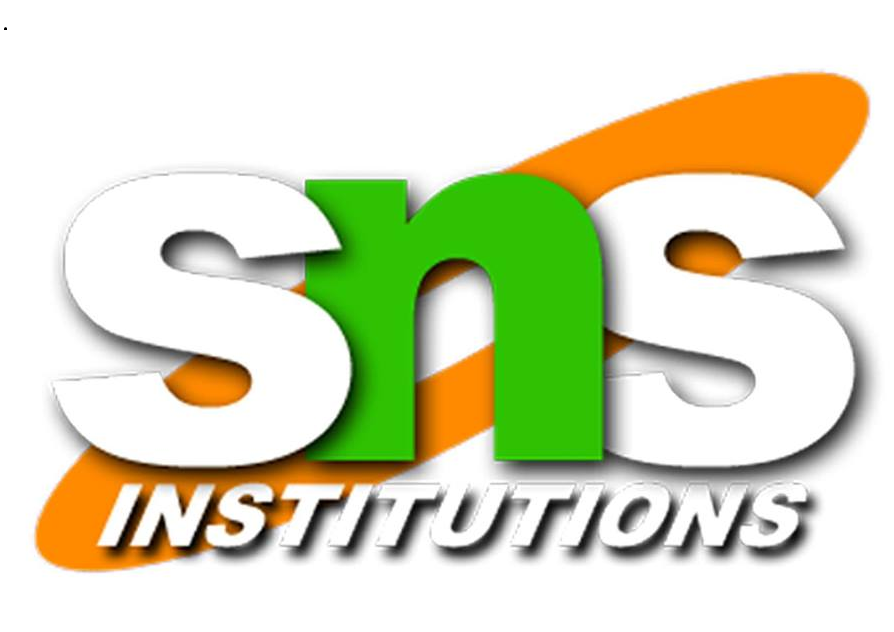
Introduction to Human Anatomy -Definitions, planes of the body, organ system, Optometry Tissues of the body - epithelium, connective tissue, bone and cartilage. Types of cells and their arrangements
Skeleton system - skull bones, other bones and body joints, Muscles - Different types – origin, insertion, functions and nerve supply, Cardiovascular system - heart & blood vessels
Digestive system – mouth, esophagus, stomach, small and large intestine, rectum, anus, liver, spleen, pancreas, Respiratory system – nose, bronchi, lungs, diaphragm, Endocrine system: - Major endocrine glands Urinary system – kidneys, urinary bladder, urethra (male and female) Reproductive system – Male and female
Nervous system – path, cell types, blood-brain barrier, reflex arc, cranial, spinal and peripheral nerves, autonomic nervous system Brain: - Parts, protective coverings, cerebrospinal fluid, brain stem, diencephalons, Cerebellum. Skin and appendages / sense organs– anatomy
Nil
Reference Book:
Textbook of Anatomy
Text Book:
Human Anatomy and Physiology for Allied Health Sciences
